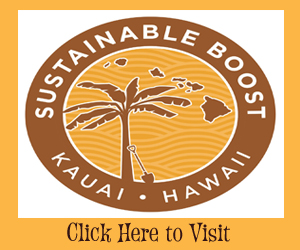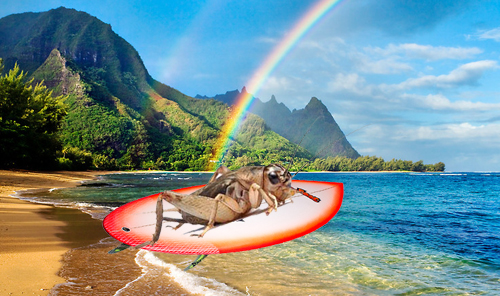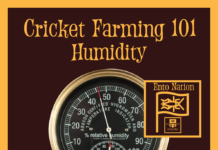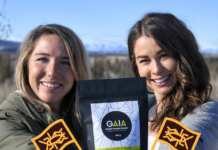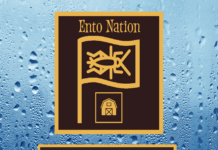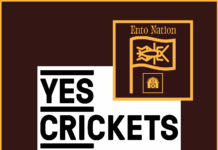Out in the middle of the Pacific Ocean is a string of islands that spans about 1500 miles. I have sailed this island chain on several occasions while in the Coast Guard back in the early 80’s. We’d sail up the chain and then turn Northeast and head up to the Bering Sea, bounce around in that freezing washing machine for a month or so, turn around, and come back. That was a 2 month patrol. 2 months out on the ocean followed by two months in port in Honolulu.
Lather, rinse, repeat.
Over 300 little islands and atolls make up this chain, most without vegetation, but teeming with bird and aquatic life. A small handful of these islands are inhabited by 1.5 million human residents and 220,000 tourists on any given day. I lived on one of them, Kauai, from my 5th grade year in ’73 on through my Coast Guard years and left in ‘84. Only to return once on a belated honeymoon trip in 1994. My great grandfather Bernardo Sanchez was born on Kauai in 1878 , and my grandfather Frank Sanchez was born on Kauai in 1915. Both in Makaweli, now known as Kaumakani. But that’s another story for another time.
Aloha, Brah! Welcome to Hawaii!
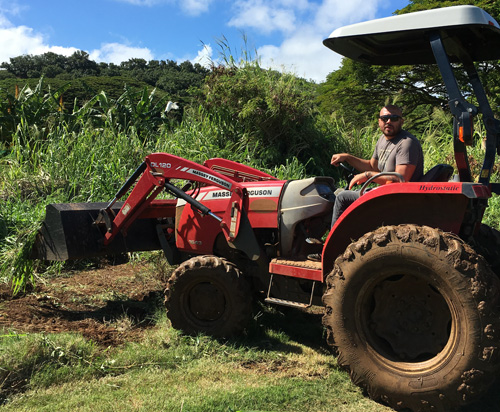
When I found out that there was a cricket farm on Kauai, I had to check it out. My interest in crickets didn’t strike me until 2005 at age 42 while living here on the Oregon Coast, so I had never associated Kauai with crickets.
It was a strange feeling. There had never been a cricket farm on Kauai before. Not that I knew of.
But there is a cricket farm on Kauai right now, and it sits in a small community on the East side called Kealia. Growing up in the town of Kapaa, I could see Kealia Valley out my back window every day. All the kids from Kealia went to Kapaa School. Kealia and Kapaa are neighbor towns, but Kealia is more of a small community with a really cool beach. Kapaa was always more stores and businesses.
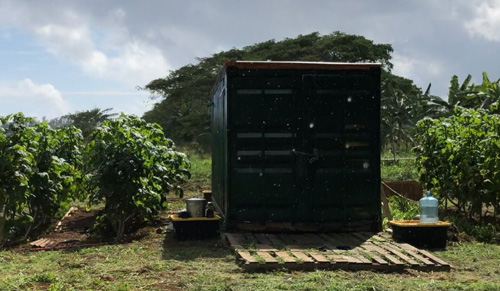
Oh, BTW, Kapaa was just named number one travel destination by Trip Advisor. I used to run around Kapaa town for years as a tween and teenager. Going to the old Roxy Theater (lost to hurricane Iniki in ’92) every night to watch some horrible grind house movie. My mother worked as a night waitress in Leimomi’s Restaurant next door and the theater owners, the Wongs, let me and my sister in to the R movies at night, it was more babysitting than anything. But I got my fill of grind house and Shaw Brothers movies. It was awesome.
RIP Roxy Theater.
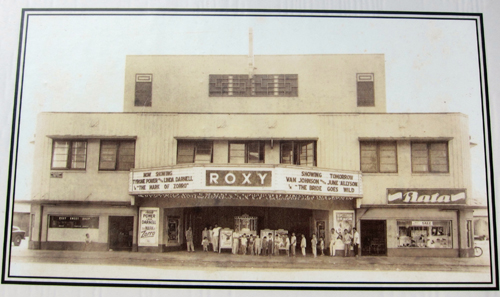
Anyway, back to cricket farming. Emilio Ruiz-Romero and Lourdes Torres own and operate Sustainable Boost. Sustainable Boost is a sponsor of Ento Nation, let’s be clear about that. However, this company and its story are so close to my heart, that I would have written this anyway. That’s for sure. I have much Aloha for Emilio and Lourdes, they are awesome people filled with the Aloha Spirit, and one hope I have is to one day meet them in person, on Kauai. That would be…otherworldly. Anyway, I’m sure right after I saw their cricket farm, I’d have to excuse myself so that I could go spend the next week fishing with old friends.
Back to the topic at hand, back to the beautiful Garden Island of Kauai.
Sustainable Boost farms more than just crickets, they also farm taro (a Hawaiian staple like potatoes), turmeric, and ginger along with over a dozen other farmers, all growing different crops or animals on a 40 acre spread known as Kealia Farm. Emilio and Lourdes are part of a co-op of over a dozen farmers on Kealia Farm. Some farm papayas, some bananas, some farm taro.
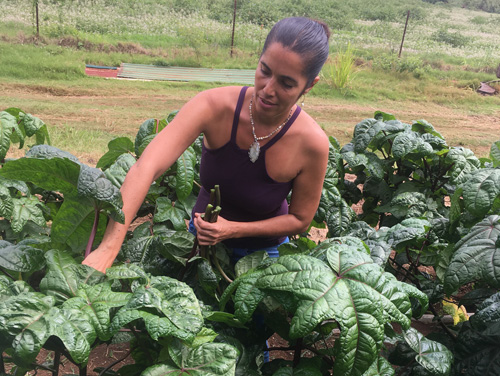
They really do farm their crickets differently than most of the commercial cricket farms on the mainland do. Emilio has incorporated a more Southeast Asian approach to cricket farming, while maintaining Western sanitation practices, and it seems to be working very well for them. I’m fascinated by his approach to farming crickets. He has been working with an entomologist, who also happens to run Kealia Farm, you can hear more about that if you listen to our interview with Emilio and Lourdes on the podcast, episode #6 “Hawaiian Homecoming”.
They process their bountiful harvest in an approved kitchen in the capital town of Lihue which is about 11 miles south of Kealia, which is a 3 hour drive (used to be 20 minutes) from what I hear about the traffic between Kapaa and Lihue these days.
In their sparkling kitchen they have created some nutritious and delicious products.
They take the taro, also called kalo, which is in and of itself a superfood, and infuse it with their high-quality cricket powder made from their own crickets, and they add in some hemp seeds, flax seeds, chia seeds, and sunflowers seeds (all Organic) to make this product called “Cricket Taro Blend”. Mix it up and you are ready to go, baby! That’s just one example of the products that they offer.
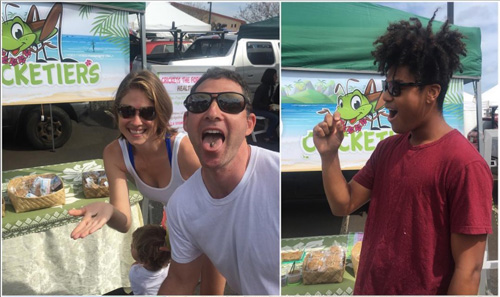
Let’s get back to the farm. Emilio and Lourdes farm more than crickets. They farm turmeric, ginger, and taro, and mix and match all of these nutritious plants with their own cricket powder to create a line of products that is simply amazing. They also grow their own Pacific Spinach, locally known as Lau Pele, which they use as cricket feed.
If you’ve listened to the podcast a time or two, then you know I like to say that you don’t have to travel to Hawaii to enjoy the great tasting and nutritious products offered by Sustainable Boost, simply click here to visit Sustainable Boost’s online store and select from a unique line of healthy and great tasting blends. They even offer things like Green Banana Powder, Pacific Spinach Powder, and Orange Peel Powder.
Kauai is called the Garden Isle for a reason, everything grows better there. It’s like a giant greenhouse in the middle of the ocean.
Do crickets grow better there? Try some of their crickets and find out. My opinion would be completely biased. But our own ChefPV tried their products and said that their crickets did actually taste better than other crickets he has tasted (unsolicited testimonial from ChefPV there).
I have a feeling that if Emilio and Lourdes keep at it, and don’t quit, they’ll be farming in Kealia Valley for a very long time.
Aloha, Baby! ~Cricket Man
